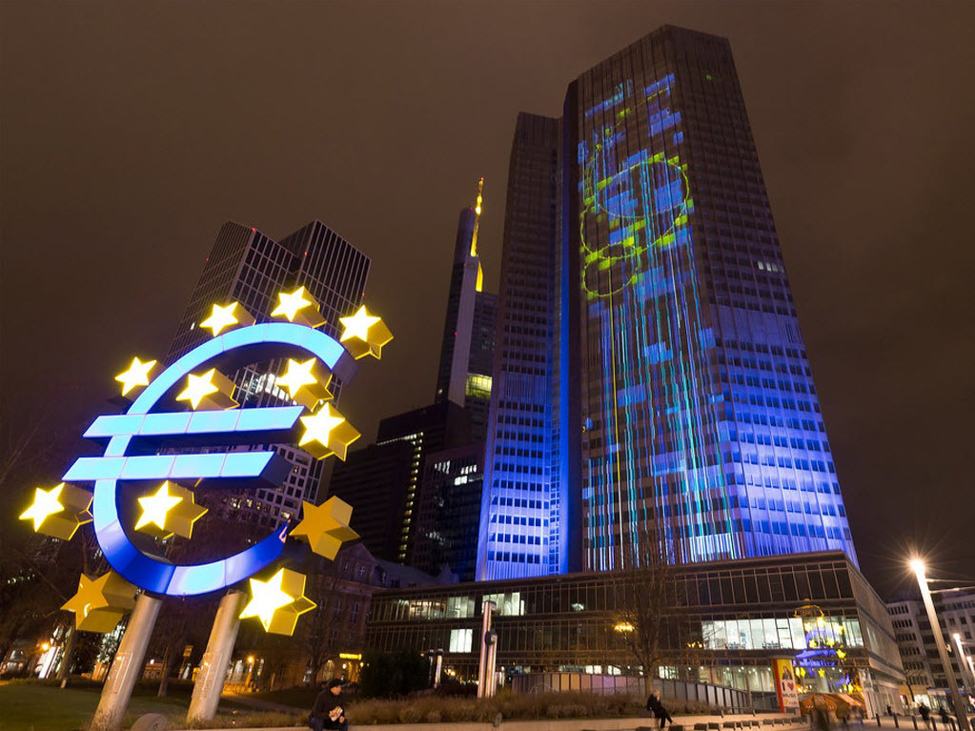On the surface, the PMI readings were stronger than expected and reaffirmed resilience in the two biggest economies in Europe. That itself already reaffirmed the current stance by the ECB in pausing through the summer. But looking at the details, what do price developments say about the outlook?
Well, for once at least both are moving in tandem. Although the euro area economy remains relatively sluggish as a whole, the latest bounce back at least diminishes stagflation risks. Or at least, it will not draw up that conversation all too much. I mean when you compare the situation to Q4 last year, the euro area economy has held up relatively well. And in the summer so far, it is surprisingly continuing to prove its resilience.
On price pressures, HCOB noted this:
France
“As for pricing trends, August ‘flash’ PMI data indicated stronger inflationary pressures across France. Input costs rose at an
accelerated pace – the first such occurrence since May – with the overall rate of increase its fastest in six months. Cost inflation
picked up across both sectors, with panel members commenting on wage pressures and higher raw material prices. For a third
month in a row, French private sector businesses raised their own charges. The extent to which selling prices rose also
quickened, although the overall rate of output charge inflation was only marginal overall. Competition for new work reportedly
restricted company pricing power, according to anecdotal evidence.”
Germany
“Turning to prices, August’s flash survey indicated upticks in the rates of both input cost and output price inflation, which had
registered at their lowest levels for ten and nine months respectively in July. The rise in overall input prices, which was the
steepest recorded since March but still relatively muted by historical standards, was driven principally by increased cost pressures in the service sector. Output charge inflation was at a three-month high, although it likewise remained below its long-run average.”
At the balance, that points to some increase in price pressures and will continue to keep the ECB on their toes after the summer.
In short, the ECB’s choice of pausing through the summer looks to be well warranted now. And it could be the case that they may also choose to keep that up in Q4. As things stand, traders are only pricing in ~10 bps of rate cuts by year-end.
